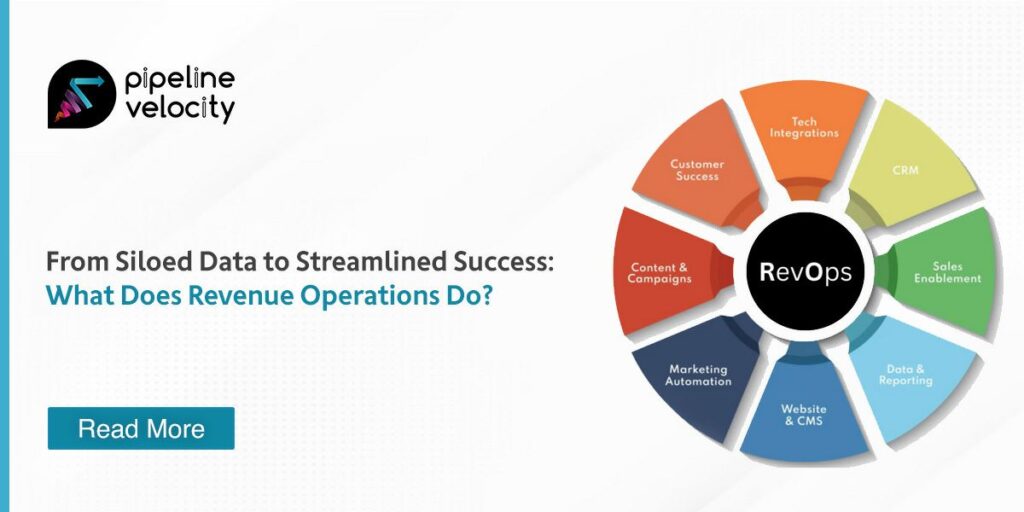Business organizations must employ marketing strategies to enter other markets, inform their consumer base about the services offered, and generate additional sales and earnings since this is a fast-moving sector.
However, in seeking appropriate and effective marketing strategies, companies are faced with problems related to how ROI needs to be as compared to marketing costs. We highlight how marketers can track the revenue generated by their investment returns.
What is the meaning of Marketing Spend vs Revenue?
The concept of Marketing Spend vs Revenue in business relates to an analysis that determines how much money a company uses in its marketing operations and the corresponding financial returns or profits. Therefore, it assesses the return for every dollar incurred by a company during its marketing process.
Breaking Down and Categorizing Marketing Spend
Marketing spending encompasses many activities and associated costs to create awareness about a product or service. Can be categorized into several key areas:
Advertising Costs
Marketing expenses are attributed to various channels of advertisements like TV, radio, internet, newspaper, magazine, etc. These entail advertising space fees, ingenuity charges, and production expenses.
Digital Marketing
The costs related to social media advertising, PPC campaigns, SEO, email marketing, and website development are essential for digital marketing since they play an integral part in online marketing.
Content Creation
Content is a vital component of modern-day marketing. Marketing involves costs associated with blogging, creating videos, and developing infographics, among others, which should be considered in accounting as a marketing expenditure.
Marketing Staff and Agency Spends
Salary and other related expenses, such as bonuses of employees in the marketing team, come under marketing spending. This includes freelance and agency charges as well.
Marketing Tools and Technology
The subscription cost of marketing tools, including marketing software, analytics, and CRM systems
Event Marketing
This involves the cost of organizing a conference or exhibition, trade show, or even an online seminar.
Maximizing the Effectiveness of the Marketing Spend:
The various methods for increasing the impact of your advertising budget include the following:
Set Clear Goals
The first step involves defining SMART marketing objectives. Such objectives should enable enhanced brand recognition, lead generation, and sales.
Measure and Analyze
You should always track how well your advertisements are doing. Measure and evaluate progress. Determine what is working – the strategies accomplishing the goals – and what is not working – those not delivering their intended outcomes.
Budget Allocation
Create a program budget for the most profitable income-producing channels/methods. It’s also essential to adjust or re-budget whenever there are better performance areas to make profits from them.
Target Audience Optimization
Target your marketing directly to your niche market. Modifying the tweet to reach that group’s targeted audience will avoid throwing money away on non-interested audiences at all costs.
Testing and Experimentation
Do not always be afraid of fresh methods or means to sell and market your commodities/products. You can also determine the most affordable strategy that yields more significant returns.
Maximising Revenue and ROI:
Revenue largely depends on many issues; however, specific guidelines could be applied to get maximum profit.
Pricing Strategy:
Carefully analyze your pricing strategy. You can increase the price of a product that is not standard and may have less quantity offered.
Upselling and Cross-Selling:
Persuade your customers to purchase other products or services related to your initial product or service. It could increase revenue, and it would bring more added value to customers.
Customer Retention:
Enhance customer service, loyalty, and customized user experience for existing customers. Therefore, recurrent customers can turn out to be of more benefit when compared with single-time purchases.
New Product Development:
Innovation should be a continuous process, which implies introducing new products or services whose needs reflect the change of tastes and needs in the target audience.
Marketing and Sales Alignment:
Ensure your marketing and sales departments cooperate effectively. Proper coordination of these measures will improve conversions, translating to more revenue growth.
Balancing the Marketing Spend vs Revenue Optimization:
Companies aim to keep the ideal balance that should exist between the amount spent on promotion and actual sales turnover. That notwithstanding, great care should be taken to observe this: there is no single strategy or approach! These equilibriums will vary across industry types, organizational sizes, and individual objectives. Here are some key considerations to help you strike the right balance.
Consistency and Patience:
Marketing is also a process that takes time, and people must be patient while waiting for its results. Marketing is about having one specific action plan that works in steps and gives results on its own with time.
Data-Driven Decision-Making:
Use analytics and data to inform your decision on your marketing budget. What is it? Determining the proper channels and campaigns brings in more dollars.
Cost-Efficient Channels:
Choose affordable means of marketing. Email marketing and content are cheap marketing strategies that offer higher returns.
Scaling Success:
When you see a strategy working, scaling it up will save resources. This could involve improving investment in effective Internet marketing or entering new geographical markets, for example.
Seasonal Adjustments:
Adjust your budget accordingly for any changes due to seasons or market fluctuations. But other companies may have a peak demand where high marketing expenses are necessary.
The Best Ratio of Marketing Spend Vs Revenue.
To illustrate the concept of balancing marketing spend vs income, let’s examine a few real-world use cases:
1. Coca-Cola
Among the leading global brands in the soft drink industry, there could not be a more prominent name than Coca-Cola. Marketers and advertisers can attain the proper equilibrium if they have outstanding marketing campaigns that can match well their annual revenues. Coca-Cola injects a lot of money annually via brand awareness and legendary advertising. They use their marketing funds to maintain themselves as a household name, ensuring they are not forgotten.
2. HubSpot
HubSpot is one of the top marketing and sales software providers, and its primary strategic tool is inbound marketing. This is what HubSpot does by developing high-quality educational content where it provides tools and resources that make it possible for a company to not only retain but also attract customers. Content creation is the central aspect of their marketing efforts, targeting prospective visitors to increase revenue.
3. Airbnb
Revenue is generated by performance marketing for Airbnb, a web-based company that links guests with unconventional accommodation hosts. It applies digital advertising, data analytics, and UX optimization for productive marketing. Its achievement is due to knowing what it takes to monitor and contrast the amount allocated for marketing and the turnover generated to modify the method of performance.
4. Amazon
A sample of marketing efforts used by Amazon, an online shopping company, includes pay-per-click advertisements, customized product suggestions, and membership plans with Amazon Prime. Despite investing heavily in advertisements, Amazon generates immense profits through innovative and analytics-driven marketing.
Conclusion: Striking the Right Balance
Determining a balance between Marketing spending vs. revenue is crucial for the success of any company. To achieve maximum investment payouts, you should understand the connection between payments and marketing strategy. The company should set specific objectives, measure performance, allocate optimal resources, and target the best consumers. Only then will the business attain a balanced response.









